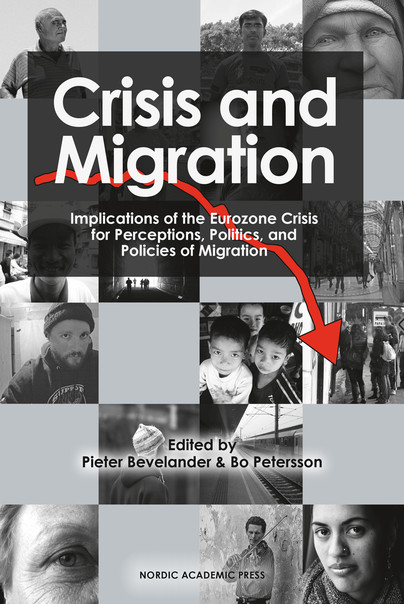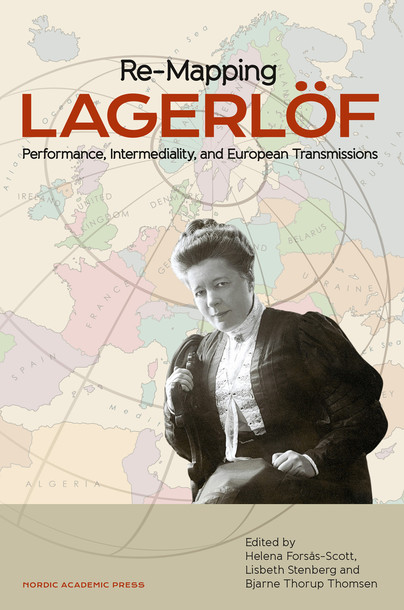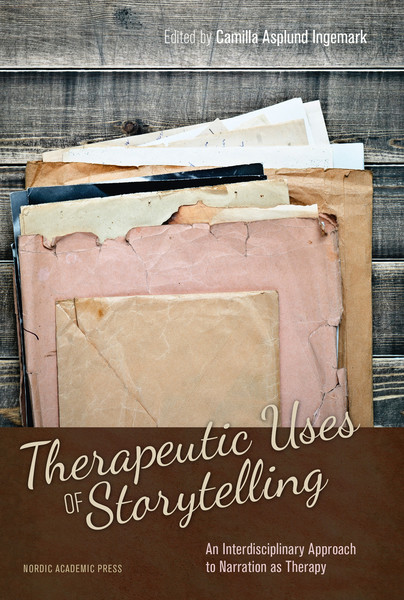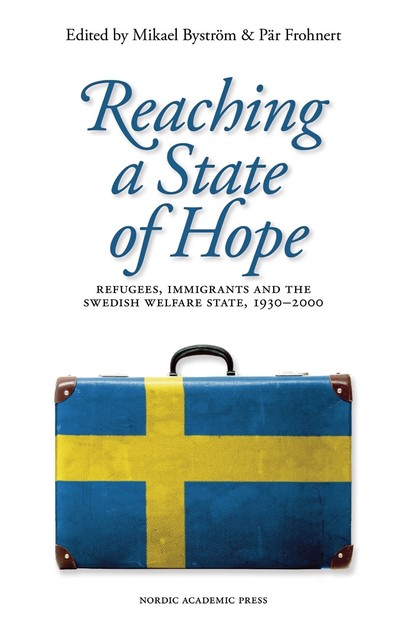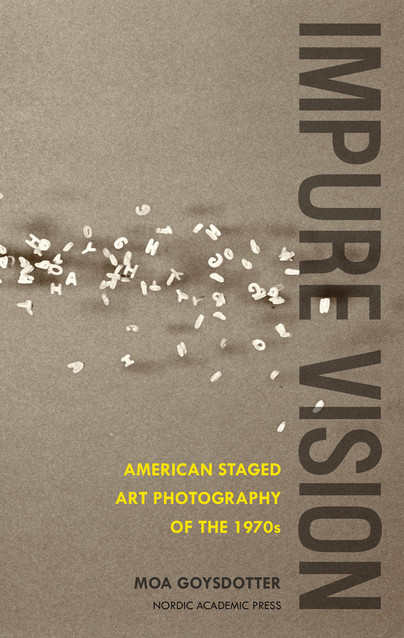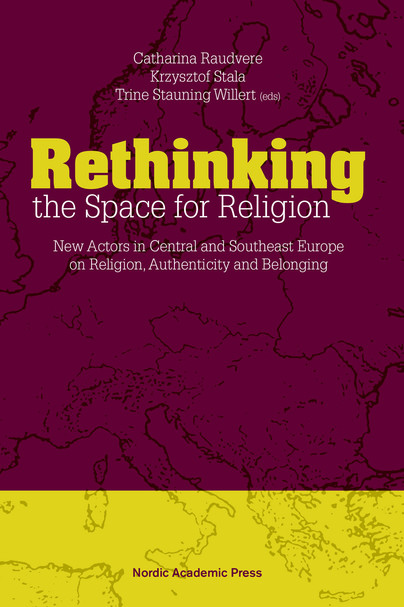Big Science' is a broad epithet that can be associated with research projects as different as the Manhattan Project, the Hubble Telescope-construction, and the CERN-establishment in Geneva. While the science produced by these projects is vastly different, they have in common the fact that they all involve huge budgets, big facilities, complex instrumentation, years of planning, and large multidisciplinary teams of researchers. In this book the authors examine the complexity of the cultural, social, and political processes from which and in which Big Science develops.
They do so by focusing upon the planning and development of the European Spallation Source, ESS, that is to be located in Lund in southern Sweden. Together, the chapters represent a variety of perspectives to highlight the complexity of the processes that are integral to Big Science. Thus, this volume examines the very different roles Big Science may be given in different contexts: locally, regionally, nationally and internationally, as well as historically. The book is based on the research of scholars based at Lund University from the disciplines of archive and library sciences, art history and visual studies, ethnology, gender studies, geography, history of ideas and sciences, media and communication, philosophy, and policy research.



